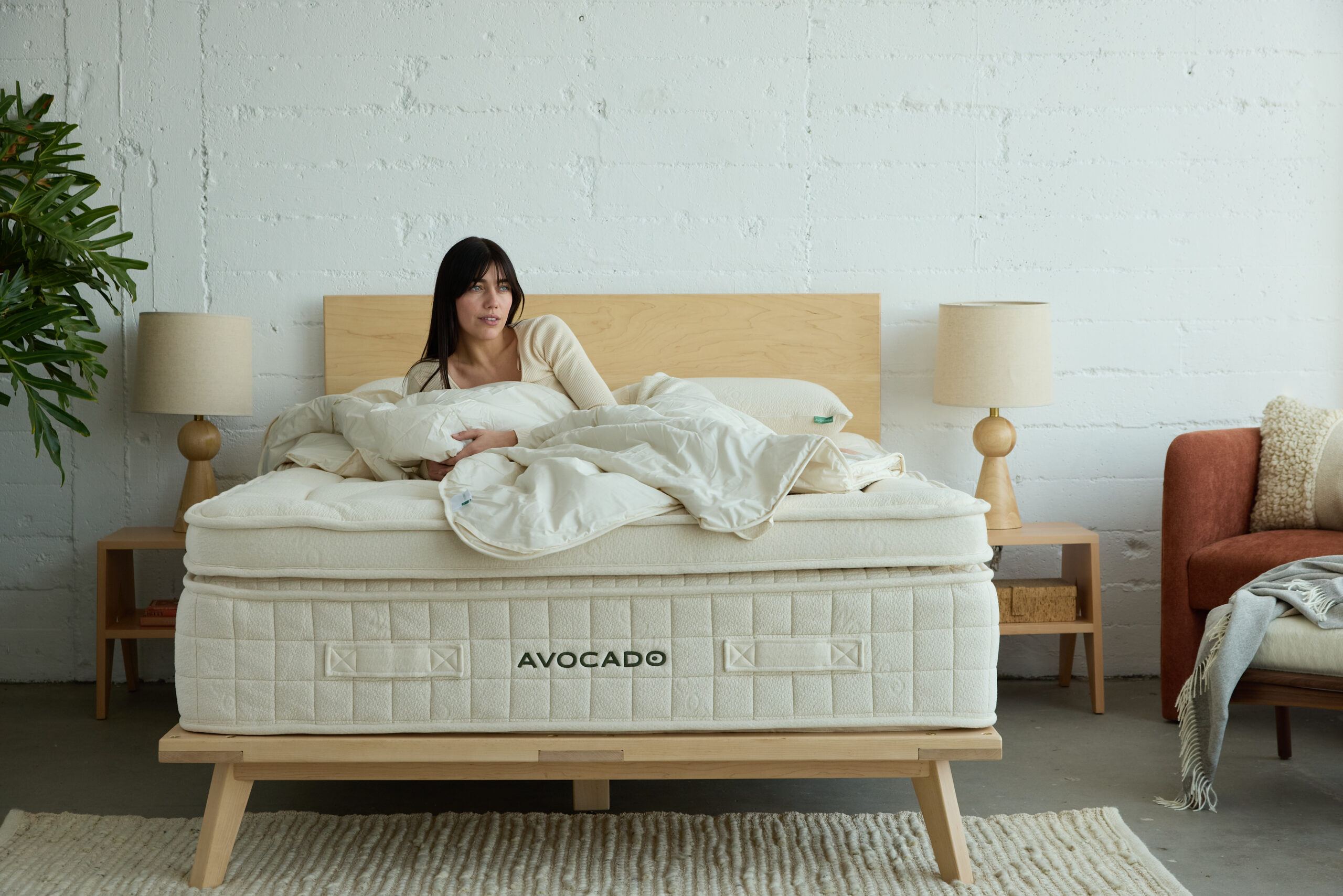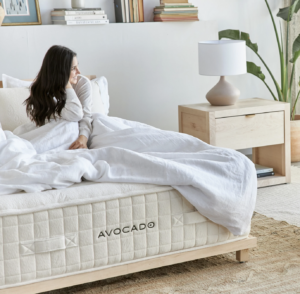There was a time when being tired meant you were simply…tired. These days? You might just be a Sleepy Girl.
Scroll through TikTok or Instagram and you’ll find a seemingly endless parade of plush bedding, pastel eye masks, soft lighting, and perfectly staged “bed rotting” montages set to lo-fi beats. The Sleepy Girl aesthetic has arrived, and she’s tired, but she’s also kind of vibing about it.
On the surface, Sleepy Girl culture looks like self-care: cozy, slow, and soothing. But underneath the fluffy comforters and 10-step nighttime rituals, it reveals something bigger about our collective exhaustion and the complicated relationship many women, in particular, have with rest.

Read More: 5 Easy Ways to Develop Healthier Online Habits
Rest as Rebellion
Let’s be honest: we’re tired for a reason. According to the American Psychological Association, nearly half of U.S. adults report that stress has negatively affected their sleep. Women, especially, carry a disproportionate share of invisible labor: mental load, caregiving, career pressure, and social expectations—leaving many constantly running on empty.
Enter Sleepy Girl culture, where exhaustion becomes a kind of quiet protest. Instead of pushing through, we romanticize retreat. In an always-on, productivity-obsessed world, luxuriating in rest, even performatively, feels like permission to say: “I’m allowed to stop.”
Dr. Devon Price, psychologist and author of Laziness Does Not Exist, explains, “Many of us have internalized the idea that rest must be earned. The Sleepy Girl trend offers a softer narrative: that exhaustion itself is reason enough to prioritize comfort and care.”
But Is It Rest…or Performance?
Of course, in true internet fashion, the line between self-care and aesthetic performance gets blurry fast. The Sleepy Girl vibe isn’t just about sleep; it’s about how you present your sleep.
We see curated wind-down routines that include perfectly brewed bedtime mocktails, matching silk pajamas, red-light therapy masks, and ambient playlists, all shared as soft, cozy content. Rest becomes aspirational. Exhaustion becomes an identity.
As writer Anne Helen Petersen puts it in Culture Study, “Exhaustion is both the affliction and the brand.”
There’s comfort in seeing others validate how tired we all feel. But there’s also subtle pressure: If your burnout isn’t beautifully documented, are you even doing it right?
The Anxiety Behind the Aesthetic
But here’s where the Sleepy Girl vibe gets tangled: the pressure to participate correctly. As much as this trend encourages rest, it’s also built on highly curated images of what “rest” should look like: silk pillowcases, carefully curated skincare towers, organic teas, and $300 linen robes.
Social media algorithms reward the performance of softness, making it easy to feel like you’re falling behind if your wind-down routine isn’t beautiful enough, expensive enough, or #ontrend enough. It’s not just internal pressure; it’s comparison culture creeping into even the most tender parts of life.
Sleepy Girl culture gives us permission to rest, but only if it’s aesthetically pleasing enough to share. And if you’re not buying all the products or following every ritual? Cue the sneaky FOMO. Am I doing self-care right? Should I be buying that cooling eye mask? Does everyone else have it figured out but me?
It’s a familiar tension: the more we turn rest into an identity, the easier it is to feel judged, by others or ourselves.
The Hidden Appeal: Control in a Chaotic World
At its core, Sleepy Girl culture isn’t just about sleep; it’s about softness. It’s about craving comfort in a world that feels increasingly overwhelming, politically, economically, emotionally, and, in some ways, building an elaborate wind-down routine offers a slice of order. You may not be able to fix everything outside your door, but you can create a little pocket of peace with your silk sleep mask, chamomile tea, and lavender diffuser. These moments of me-time and self-care are really placeholders for a bigger human need: safety, slowness, and emotional regulation.
Burnout researcher Amelia Nagoski puts it this way in Burnout: The Secret to Unlocking the Stress Cycle: “Rest is not a luxury. It’s not a reward. It’s a biological necessity.”
The elaborate rituals aren’t always just about aesthetics. They’re about signaling to our nervous systems that we’re safe. That it’s finally okay to exhale.
The appeal of Sleepy Girl culture is that it tries to give us permission to rest in a world that rarely does.
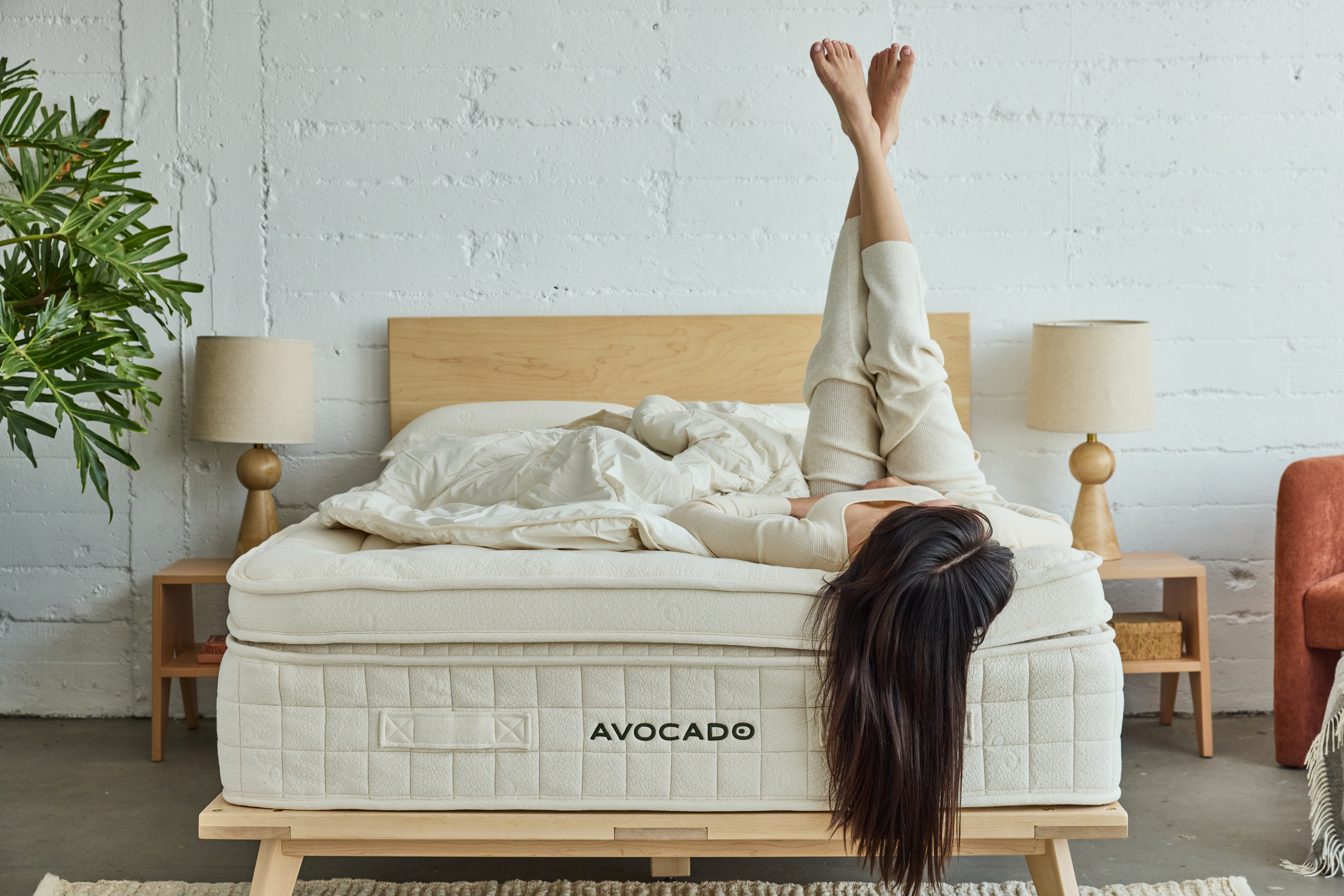
Read More: 6 Relaxing Screen-Free Activities To Try Before Bed
The Real Power of a Sleepy Girl Ritual
When stripped of social pressure, many Sleepy Girl behaviors are genuinely supportive. Rituals work because they give structure to transitions, helping signal your body to shift from stress to rest:
- Soft lighting helps nudge melatonin production as the sun sets.
- Warm showers or baths lower core body temperature, making sleep onset easier.
- Scent cues like essential oils can calm the nervous system.
- Weighted blankets or soft bedding offer grounding sensory input.
- Soothing playlists (yes, even lo-fi beats) help quiet a racing mind.
The key? Let it be about you, not your followers. Rituals work best when they’re built for your real needs—not for the camera roll.
Sleepy Girl Isn’t Just a Meme — It’s a Mirror
In many ways, Sleepy Girl culture is simply a reflection of our current moment. It offers a paradoxical blend of vulnerability and performance, real rest and curated content, permission and perfectionism.
It validates how exhausted so many people (especially women) feel right now. And it exposes how deeply capitalism seeps into every corner of wellness, turning even our most basic biological needs into potential brand partnerships.
But if we strip away the online noise, the core message is worth keeping: rest is worth protecting.
Let Rest Be Real (And Imperfect)
You don’t need to perform relaxation for anyone. Sometimes real rest looks messy: collapsing into bed with dishes in the sink, skipping the skincare routine, or falling asleep halfway through your audiobook.
What matters isn’t whether your bedtime routine is pretty. What matters is that you let yourself slow down. That you recognize your worth isn’t tied to productivity, or to your ability to curate the perfect wind-down vibe.
So light the candle if you want to. Brew the tea. Slip into the silky soft pajamas. But remember: the real goal isn’t to create a viral-worthy bedtime routine. It’s to feel safe enough to soften. To release. To truly rest.
Sleepy Girl culture may be built for the algorithm. But true rest? That’s just for you.
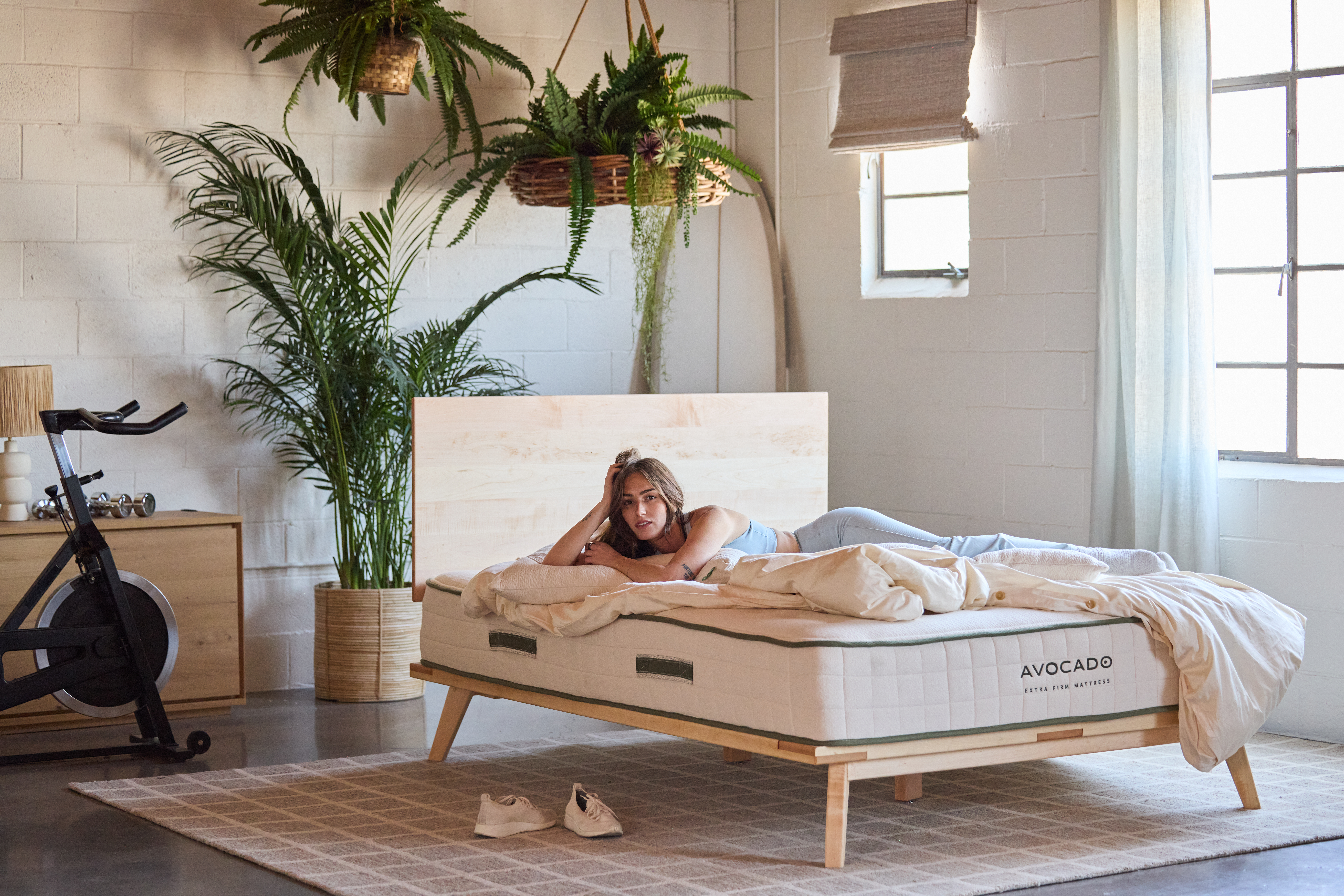
Read More: Is There a Healthy Way to Use Social Media?
Have feedback on our story? Email [email protected] to let us know what you think!
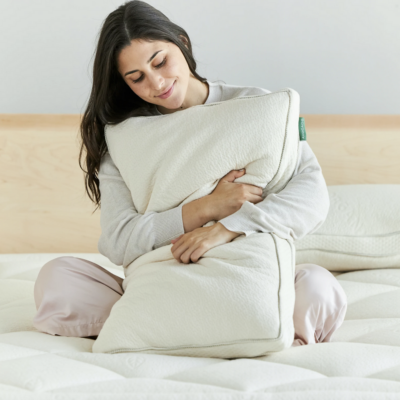
Shop Pillows
The Essential Organic Pillow Collection
Gentle, breathable, non-toxic support.




